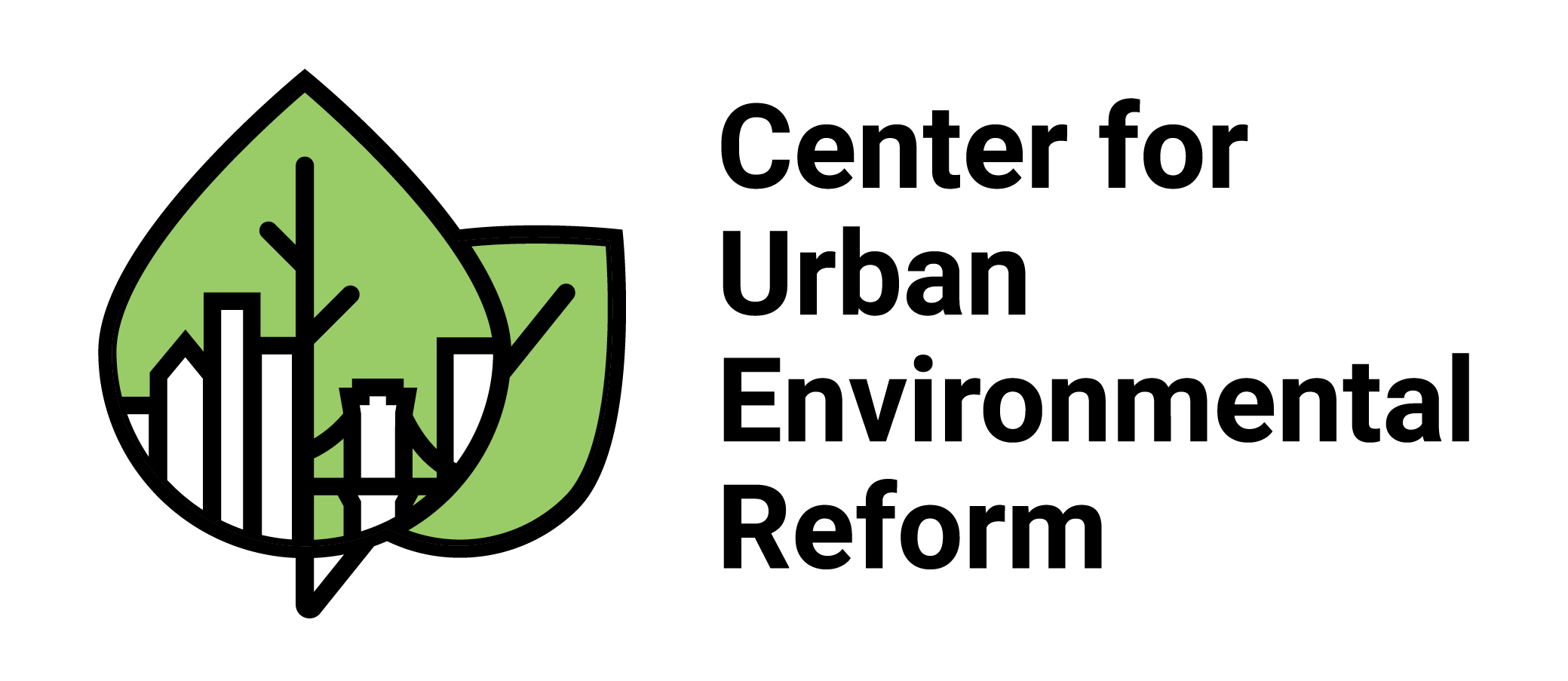Climate Change and Poverty
When you think about climate change, you probably don’t think about an organization like the NAACP. Or about race and poverty.
Jacqueline Patterson, Director of the NAACP Climate Justice Initiative, would like to change that. Through regional and state trainings across the country, the Initiative hopes to “increase awareness and understanding about the connection between climate change and the lives of minorities and low-income communities” across the United States. While climate change will continue to affect us all, the existing vulnerabilities of low-income communities are exacerbated by events like Hurricane Katrina, rising temperatures, and rising sea levels. Patterson, who was recently interviewed by the Huffington Post, hopes to remind us that climate change is about more than “melting ice caps and suffering polar bears.” People will suffer, too.
Low-income communities are especially vulnerable to the effects of climate change for various reasons. Like everyone else, they face the threat of ever-rising temperatures. EPA studies confirm that more frequent heat waves in the Northeast, for example, will “increasingly threaten human health through heat stress and by affecting air pollution.” Summer heat waves cause many of us to simply crank up the air conditioning and spend more time indoors. This, of course, isn’t necessarily an option for low-income communities. Many cannot afford increased use of air conditioners, and many more don’t have any to begin with. Making matters worse, these communities are often filled with some of the least energy efficient housing.
There are other climate change impacts that will disproportionately burden low-income and minority communities. Increasingly severe and unpredictable weather patterns will hurt agriculture, making it more difficult to buy certain food items while also driving up prices for produce that becomes more difficult to cultivate. The affordability of healthy food is already a problem in most urban areas – and it seems likely to become even more of a challenge. Increased temperatures and more summer heat waves will also aggravate existing smog and air quality issues in urban communities. Heat waves and lower air quality can “threaten the health of vulnerable people, including the very young, the elderly, and those without access to air conditioning or adequate health care.”
The Northeast includes numerous densely populated cities, including New York, that will be better off if these problems are addressed sooner rather than later. After all, lack of mobility is another issue that uniquely impacts lower-income communities. Many lack vehicles and the financial resources necessary to seriously consider relocating in the event of severe weather. Moving away from these mounting problems is not an option. So, what will we do?

